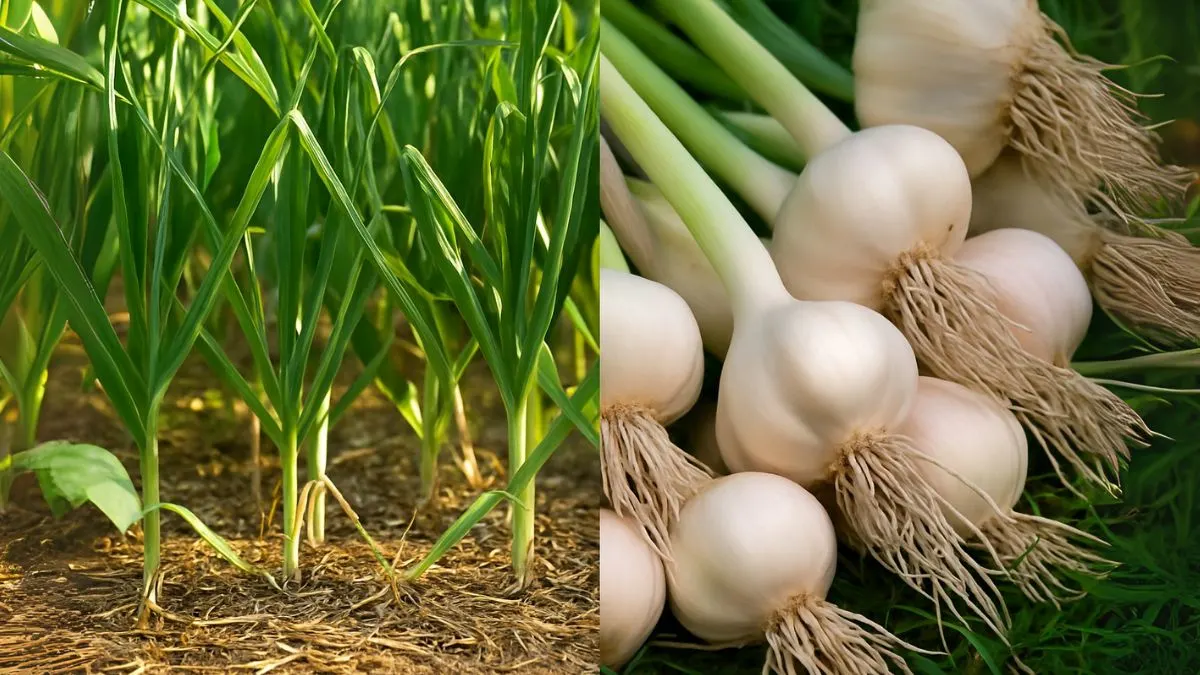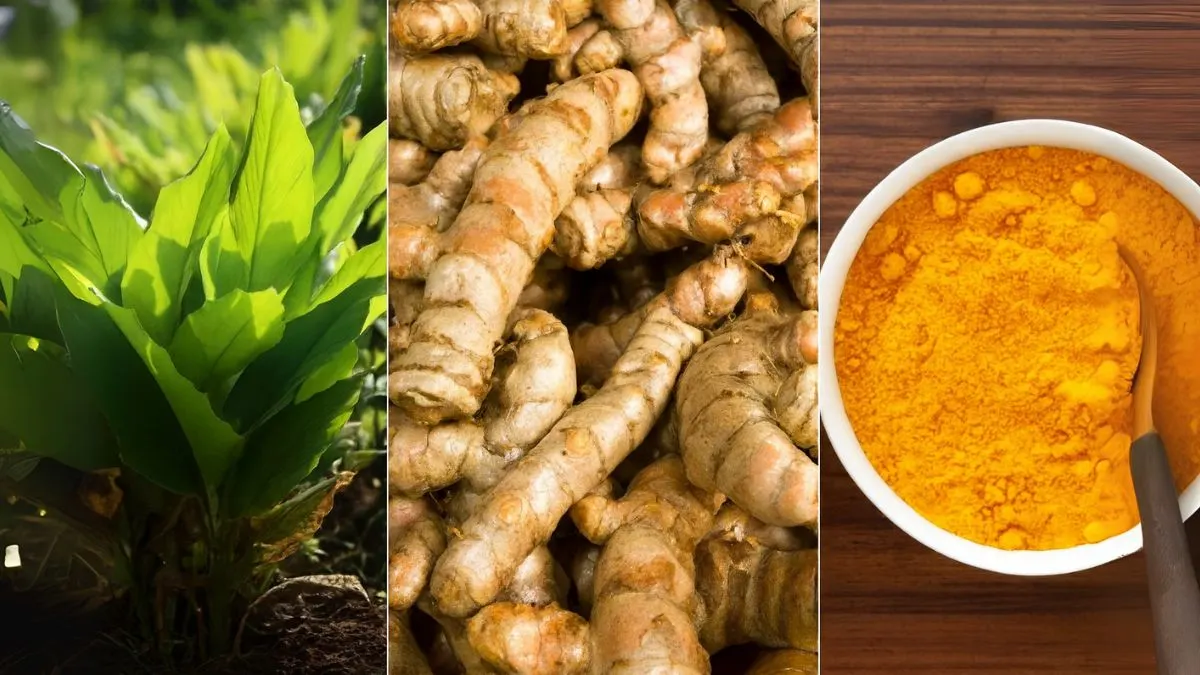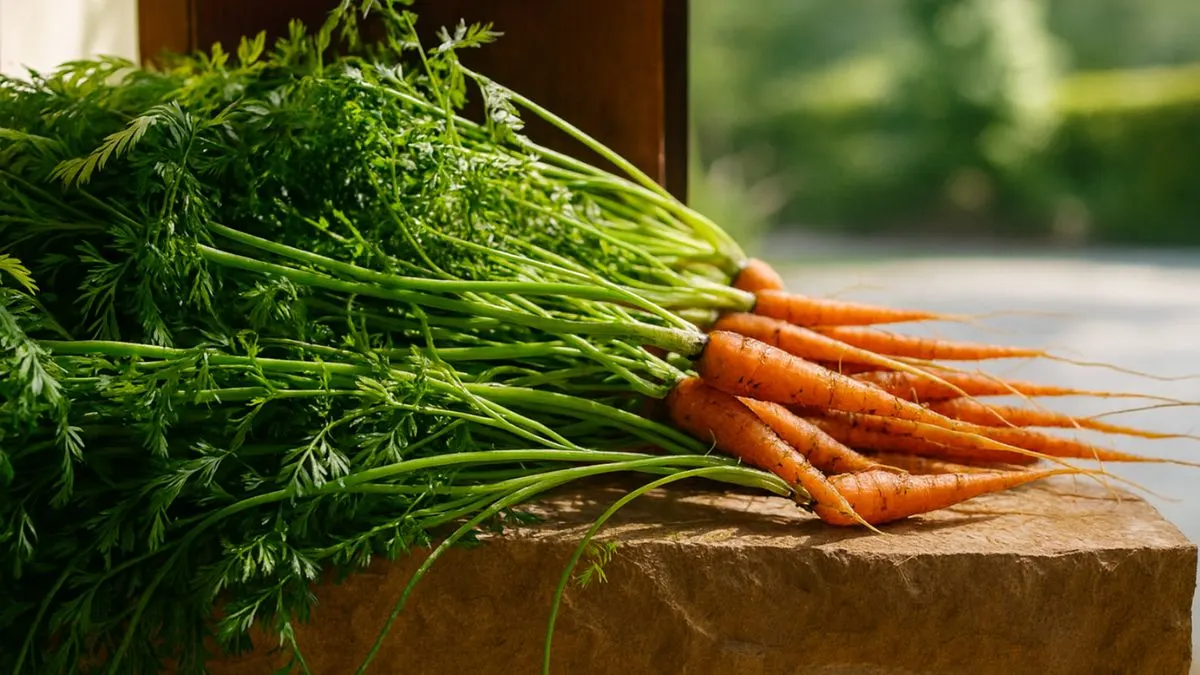Planting garlic in early fall—ideally late September—gives cloves a crucial head start: it allows for root development before winter, then a dormancy period, followed by a vigorous growth spurt in spring under lengthening days, which together produce larger, denser bulbs and better storability. In most temperate areas, garlic should be planted in late September to mid-October, adjusting slightly by zone to stay 4–6 weeks ahead of the ground freeze.
The Science Behind Fall Planting
Garlic has a unique growth rhythm. After planting, it needs sustained cool exposure (vernalization) to trigger bulbing later in spring. Cloves root whenever soil isn’t frozen, while tops grow when temperatures rise above about 40°F, so fall planting primes the plant for spring surge and bigger bulbs. Extension guidance consistently notes that fall-set cloves produce more usable bulbs, with harvests maturing 7–8 months later in late spring to early summer.
“Fall planting gives garlic a jumpstart… it will be one of the first things to pop up next spring,” advises Oklahoma State University Extension, emphasizing strong roots, correct orientation of cloves, and well-drained soil for the biggest bulbs.
Timing by Climate Zone (Canada, USA, and beyond)
The general rule: plant 4–6 weeks before the ground freezes to let roots establish without excessive top growth. Practical windows:
- Zone 3–5: late September to early October.
- Zone 5–7: mid to late October.
- Zone 7–9: late October into November.
- Colder areas (0–3): early to late September.
These timing bands make fall garlic planting accessible in Canada, the USA, and many cool to temperate regions worldwide, with softneck varieties better for warmer zones and hardnecks ideal for cold winters.

Benefits of September Planting
- to allow for root development before winter: Roots establish in cool soil, anchoring cloves and powering spring bulbing.
- They stay in the soil all winter and get a growth spurt in spring: Vernalization plus longer days drives rapid top growth and bulb formation.
- There is no disadvantage to planting in September, when aligned to local frost patterns: The key is not planting too early (risk of excess top growth) or too late (weak rooting).
- garlic should be planted in late September to mid-October: A practical, zone-adjusted window for most North American gardeners.
- Garlic planted in fall consistently produces larger bulbs: Extension and grower guidance report bigger, better-formed bulbs with fall schedules.
- fall planting of garlic produces strong flavoured, aromatic bulbs thanks to complete development and proper curing.
Also Read: From Patchy to Perfect: Step-by-Step Grass Seeding Guide
What Happens If Garlic Isn’t Replanted?
Garlic if not dug, divided and replanted every year becomes “grassy”: Over time, undivided clumps produce many narrow shoots, crowding and reducing bulb size and quality. Annual lifting, selecting the best cloves, and replanting maintains vigor.
Personal Experience: A Cold-Climate Win
In a Zone 5 bed with heavy clay amended to improve drainage, planting the last week of September consistently delivered robust spring emergence and dense, uniform bulbs by early summer. The biggest gains came from planting 2–3in deep, mulching after the first frost, and selecting the largest cloves from the prior harvest—simple tweaks that aligned perfectly with extension best practices.
How to Plant in September: Step-by-Step
- Choose high-quality seed garlic; separate bulbs 0–7 days before planting to preserve vigor.
- Plant cloves 2–3in deep, 4–6in apart, pointed tip up with the basal plate down, in fertile, well-drained soil at pH ~6.4–6.8.
- Target soil around 50°F at 4in depth; if fall is unusually warm, delay a week.
- Mulch after the first hard frost to buffer winter temperature swings.
- Water during dry spells in spring, then stop irrigation as tops brown before harvest to prevent rot.
Fall vs. Spring Planting
| Aspect | Fall Planting | Spring Planting |
| Root establishment | Strong fall roots to allow for root development before winter | Limited rooting time; weaker start |
| Bulb size | Garlic planted in fall consistently produces larger bulbs | Often smaller, reduced yields |
| Flavor | fall planting of garlic produces strong flavoured bulbs | Typically milder due to shorter season |
| Vernalization | Natural winter cold supports bulbing | Must pre-chill cloves or risk poor division |
| Ease and reliability | High, across Canada, USA, and similar climates | Moderate; more management needed |
Regional Planting Window Snapshot
| Region | Recommended Window |
| Canada (Zones 3–5) | late September to early October |
| Northern USA (5–7) | mid to late October |
| Southern USA (7–9) | late October into November; prefer softnecks |
Frequently Asked Timing Notes
- garlic should be planted in late September to mid-October in many temperate areas, shifting later as zones warm.
- There is no disadvantage to planting in September if soil temperatures and frost windows are considered; avoid very early planting that triggers excessive top growth before winter.
Also Read: How to Grow Strawberries from Seeds for Juicy Harvests All Summer Long
Plant in September for Bigger, Better Garlic
For gardeners in Canada, the USA, and cool-temperate regions all over the world, fall is the gold-standard season for garlic. Plant in September to allow for root development before winter; let cloves stay in the soil all winter and get a growth spurt in spring; and harvest larger, stronger-flavoured bulbs with fewer problems. Lift, divide, and replant annually—because garlic if not dug, divided and replanted every year becomes “grassy.” Follow zone-based timing so garlic should be planted in late September to mid-October, and enjoy consistent, reliable yields season after season.
Call to action: Check the local first hard freeze date, prep a well-drained bed this week, and set cloves 4–6 weeks ahead of freeze. For deeper timing guidance and techniques, consult these extension-backed insights on fall planting, vernalization, and harvest best practices.



